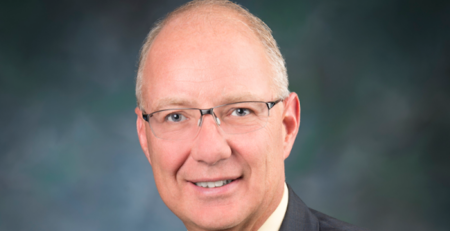Early in the new year is always Transportation Research Board (TRB) time in Washington DC. I’ve been attending the annual event off and on for more than 30 years. I have fond memories of a more intimate gathering when the tracks were divided among three hotels. If you hung out in the lobby bar of one of them you would see all your friends over the course of several hours. But those days are gone and this last version had 13,000 registrants and is now firmly ensconced in the Washington Convention Center. What we lost in intimacy we more than made up for in depth and diversity.
I’m also grateful for when I came up in this industry when I go to the poster sessions and listen to the earnest graduate students explaining their work. I’m lucky if I can catch some of the math, but I’m always learning. I’m learning as well in the sessions, even the ones where I don’t expect to hear anything new.
TRB had a pitch meeting, like Shark Tank (Dragon’s Den in the UK), for start-up companies, so they are following the entrepreneurship trend, but there is another important trend they missed: how the big new ideas in transportation don’t fit neatly into the committee and track structure on which the conference is built. TRB is built on a wide-ranging committee structure with thousands of volunteers and it is these committees that create the TRB program.
TRB, its committees and in fact our entire industry, depends upon our conceptual silos. Whether the subject is bridge design, pavement conditions, traffic management systems or signal systems, we talk among ourselves. It’s a great way to focus on problems and we’ve been very successful with this approach, but over the past few years we’ve come to recognize its shortcomings. Simply stated, the big picture of multiple interactions is neither seen nor analyzed.
Let’s take a look at what the big issues are in transportation today. They are connected and automated vehicles, road user charging, mobility as a service and, with the new administration, probably transportation finance. The problem is that none of these issues fit neatly into an established category or track.
It’s for this reason that this year’s TRB program seemed disconnected from today’s reality. There were sessions on these topics but they were hard to find amid the ‘regular’ subjects. And when you did find them, they were not crosscutting with the conventional ideas.
I don’t mean to be negative about TRB. It’s still the most magnificent global intellectual gathering in transportation every year. I’ll be back again in 2018 but I do have one wish for that gathering, and that is that each committee takes a hard look at the emerging big issues and talks about how its work relates. Beyond that, TRB should establish a few multidisciplinary groups to seed the big issues throughout the conference. That way 2018 will be even better.
Larry Yermack is strategic advisor to Cubic Transportation Systems, USA. lyermack@gmail.com




